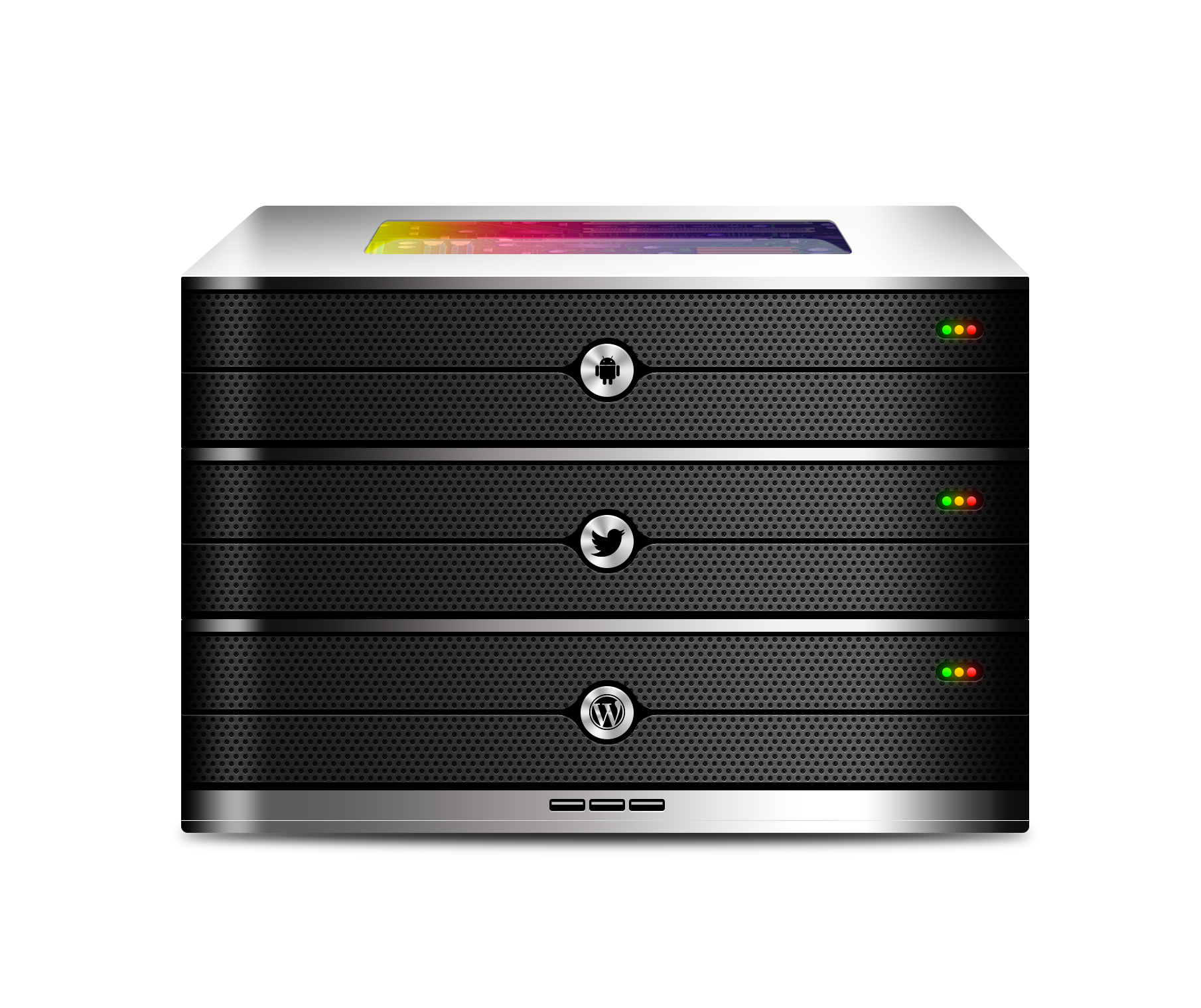On average, a single web page generates about 0.3-0.8 g grams of CO₂ per view. That’s barely noticeable on its own, but multiply it by thousands of visitors a month, every month, and suddenly your invisible digital presence is pumping out a very real amount of greenhouse gas. Now picture that across billions of page loads globally, every single day – the numbers get enormous.
Right now, the internet is responsible for roughly 3.7% of global carbon emissions, about the same as the aviation industry. And it’s growing fast because everything from remote work to video streaming to AI increases the demand for server power.
If the internet were a country, it would be the fourth-largest carbon emitter in the world. For businesses, that creates both a responsibility and an opportunity. Customers are paying attention to how brands behave environmentally.
Choosing eco-hosting shows your company is actually making specific, measurable choices to reduce impact. That’s the kind of decision that builds trust and loyalty with eco-conscious buyers.
What Green Web Hosting Actually Means
Traditional web hosting companies run their servers in huge data centers. These servers work nonstop, 24/7, and need constant cooling to prevent overheating. The problem? In most places, the electricity that powers both the machines and the cooling systems still comes from fossil fuels like coal or natural gas.
Green web hosting flips that equation by either running on renewable energy directly (e.g solar, wind, or hydroelectric power) or offsetting the emissions they produce through carbon-reduction projects, such as reforestation or funding clean energy development.
The most serious eco-hosting providers don’t stop at energy sourcing. They also re-engineer their infrastructure so each watt of electricity does more work.
That would entail:
- Energy-efficient servers that handle more processing with less power.
- Smarter cooling systems, i.e., placing data centers in naturally cooler climates or using liquid cooling instead of energy-hungry air conditioning.
- Server virtualization, which allows multiple websites to run on one physical machine, thereby cutting down the total hardware needed.
Some companies even display certification badges from their hosting provider or publish annual reports on their digital carbon savings.

The How Behind Lower-Carbon Websites
Switching to a green host is the first move, but how your website is built and maintained also affects its footprint. Even with renewable energy powering your servers, wasteful coding and oversized files burn unnecessary electricity.
That’s why sustainable hosting also pairs with energy-efficient website practices, such as:
- Optimizing code so the server spends less time and energy processing each page load.
- Caching content so repeat visitors don’t trigger the same heavy data requests over and over.
- Compressing images and videos to reduce file sizes without hurting quality.
- Minimizing third-party scripts that slow things down and require extra server calls.
Power Your Website With Trusted Professionals
Every click, image upload, and page load uses real energy somewhere in the world. You can’t make your website’s energy use disappear, but you can make sure it comes from clean, sustainable sources, and that your site’s design uses that energy as efficiently as possible.
At Abacus Web Services, we build and host with sustainability at the core. Our green hosting solutions keep your site fast, secure, and reliable while ensuring the energy behind it supports a healthier planet.
In a marketplace where buyers increasingly research a company’s ethics before buying, having a carbon-neutral or renewable-powered website sends a clear message: this business takes sustainability seriously.
Partner with Abacus Web Services; let’s make your brand’s digital footprint as clean as your vision for the future.
